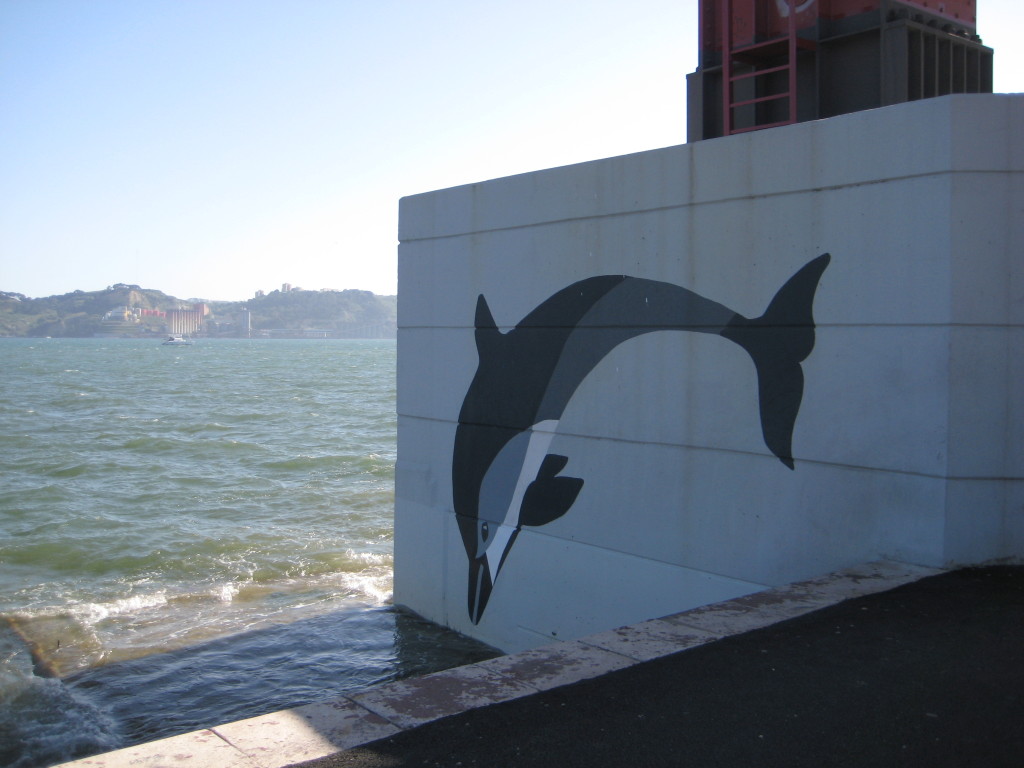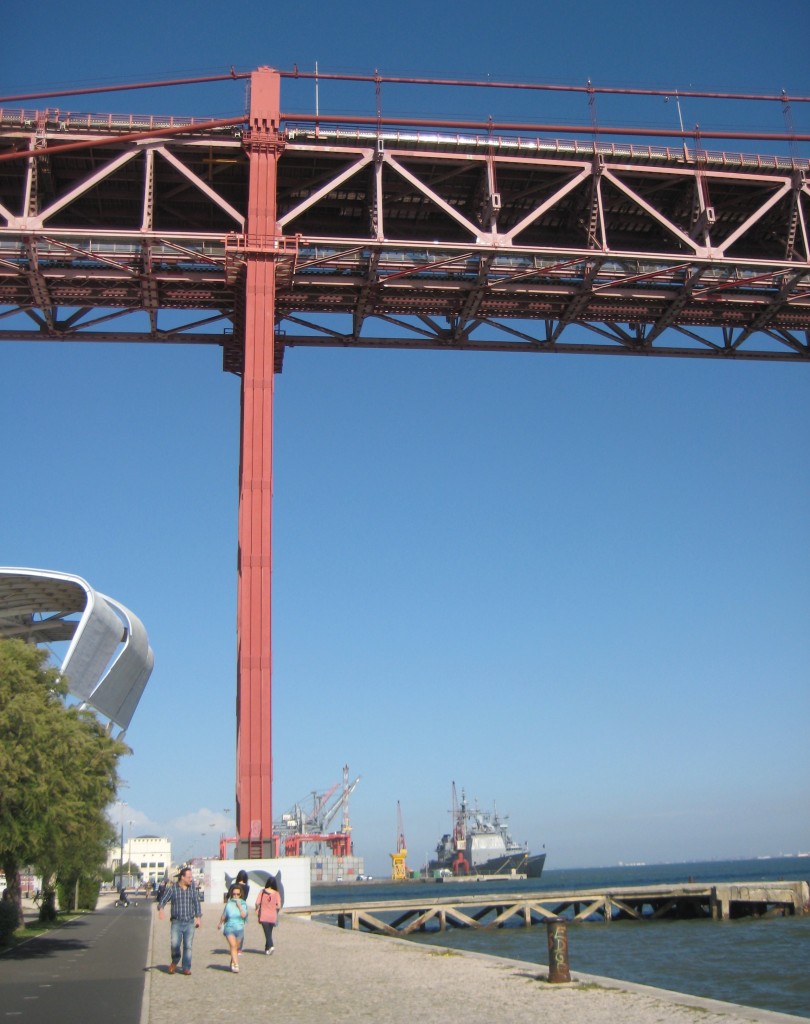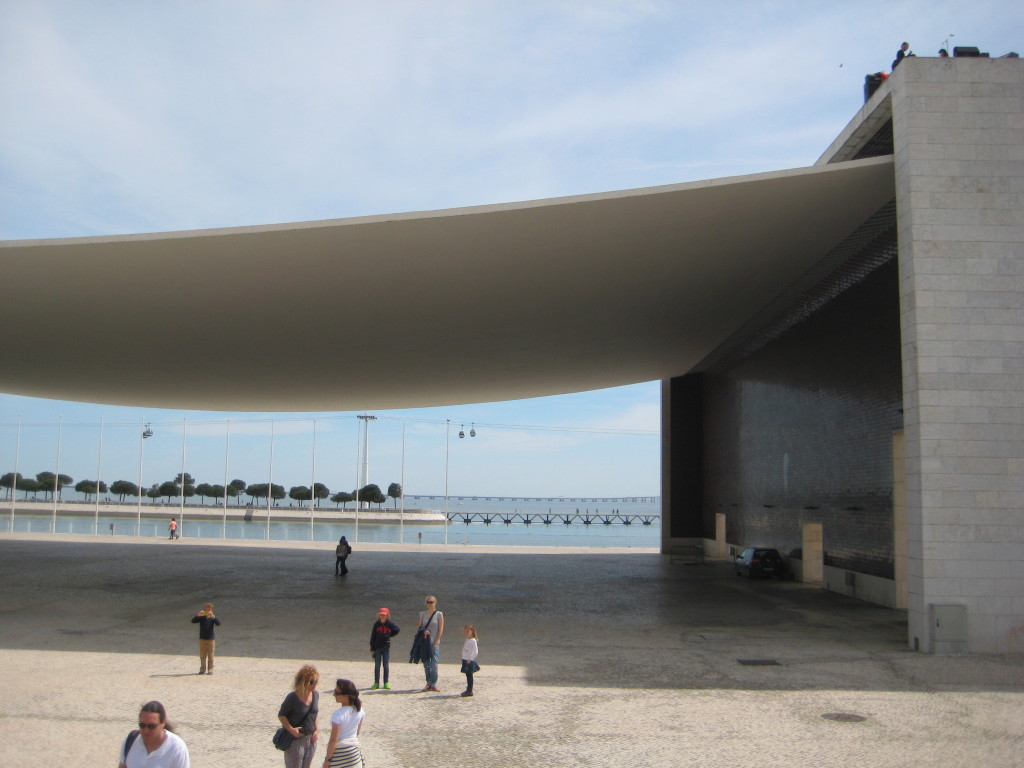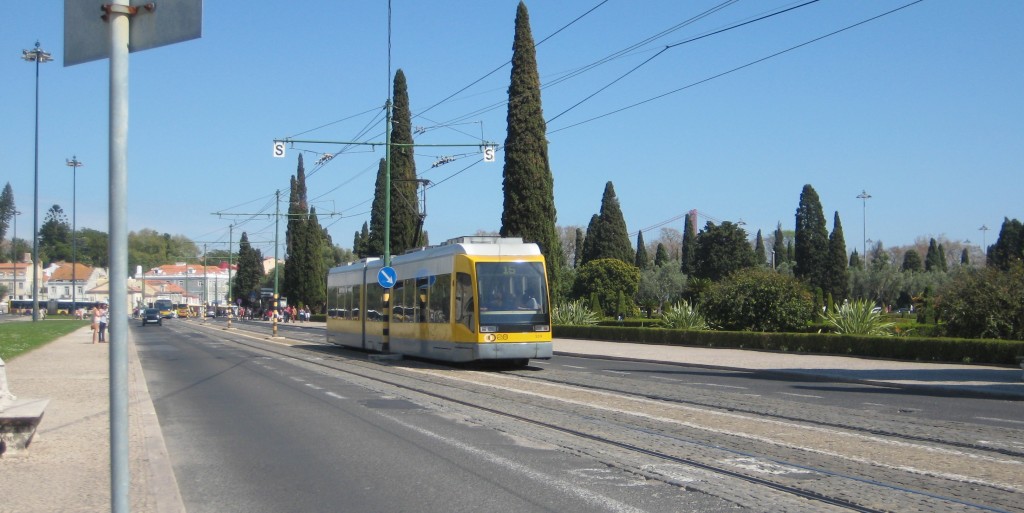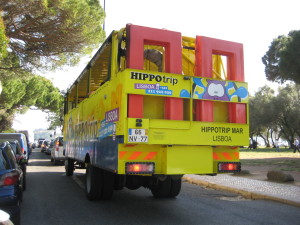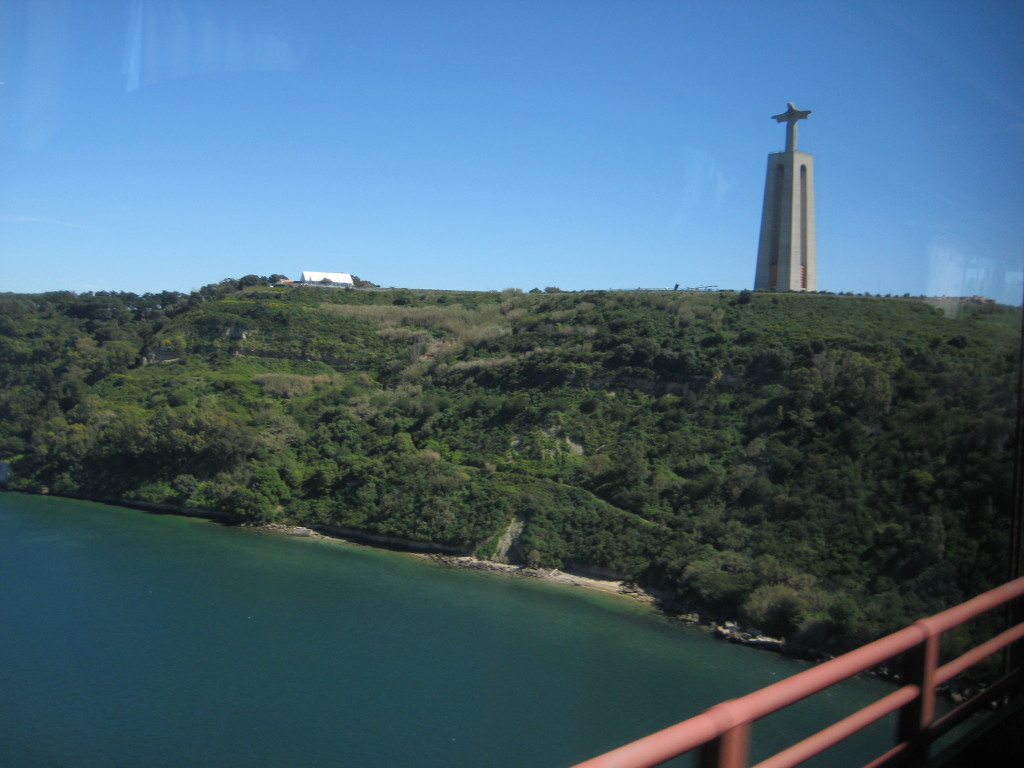We always seek out maritime museums wherever we travel and Lisbon’s is within walking distance. It has the usual ship models, relics, sea captain portraits, and a little history. A few noteworthy items:
A couple of actual staterooms from the royal yacht Amelia VI with quite impressive woodworking. It was built in 1901 in London for the then-king Carlos, who was a serious mariner and quite the artist. He was assassinated in 1908 and the boat was given to the Navy after the 1910 revolution that overthrew the monarch. Unfortunately I don’t have any good photos and couldn’t find any on the internet 🙁 Also on display was a lot of his artwork – watercolors and pastels.
A second surprise was a hanger full of royal barges – long rowing vessels – and two crazy-old float planes.
Forty oars on this baby, two people per oar. The last time she was used was for Queen Elizabeth II’s visit in 1957.
This has got to be the simplest aircraft ever. The copper tank below the upper wing is the fuel tank. The hand crank is near it. Plywood with fabric.
This one is a little more complicated, and you’d be less likely to get wet when landing!
Dave sent an inquiry to his expert sailor friend Capt. Joe, asking him to name the sails on this model. His answer is below, and I believe him!  “..I examined the sails very closely, but then I realized that I don’t know any Portuguese, so I can’t tell you the official names of the sails. In English, however, the big one is the lateen main. The one at the far end of the bowsprit is the ‘little one out front’. The one behind it is the ‘little one behind the little one out front”…. and so on.
“..I examined the sails very closely, but then I realized that I don’t know any Portuguese, so I can’t tell you the official names of the sails. In English, however, the big one is the lateen main. The one at the far end of the bowsprit is the ‘little one out front’. The one behind it is the ‘little one behind the little one out front”…. and so on.
Ahoy! Laura









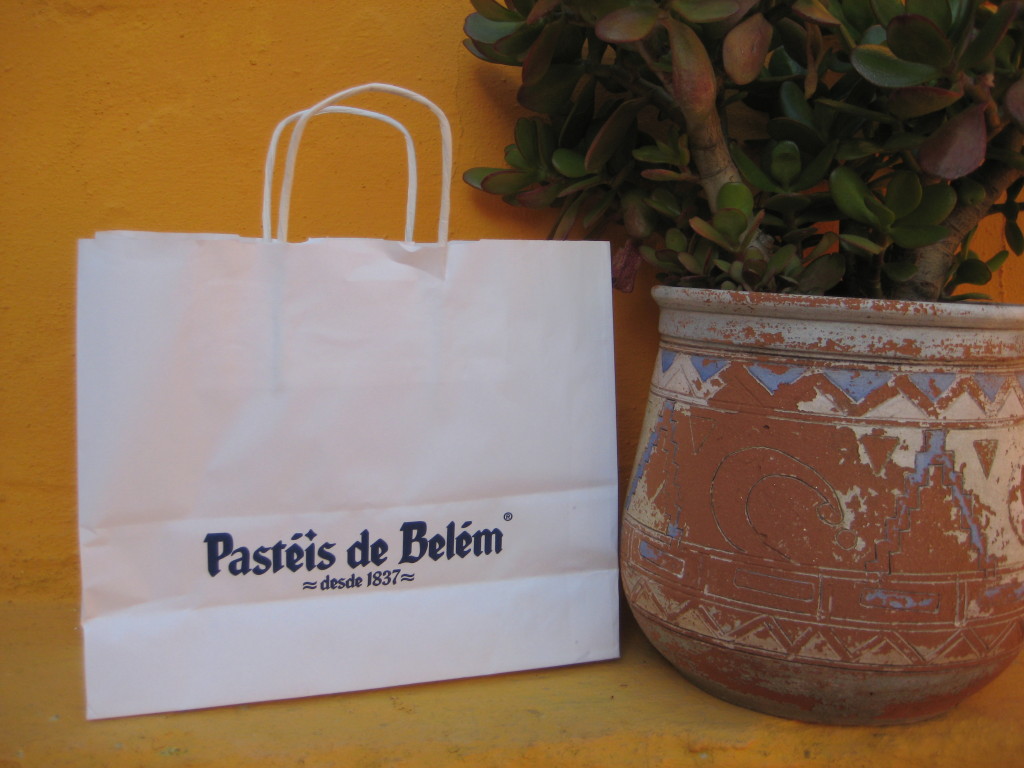

![300px-MargaretCafe_PasteisDeNata[1]](http://bashack.com/wp-content/uploads/2015/04/300px-MargaretCafe_PasteisDeNata1.jpg)
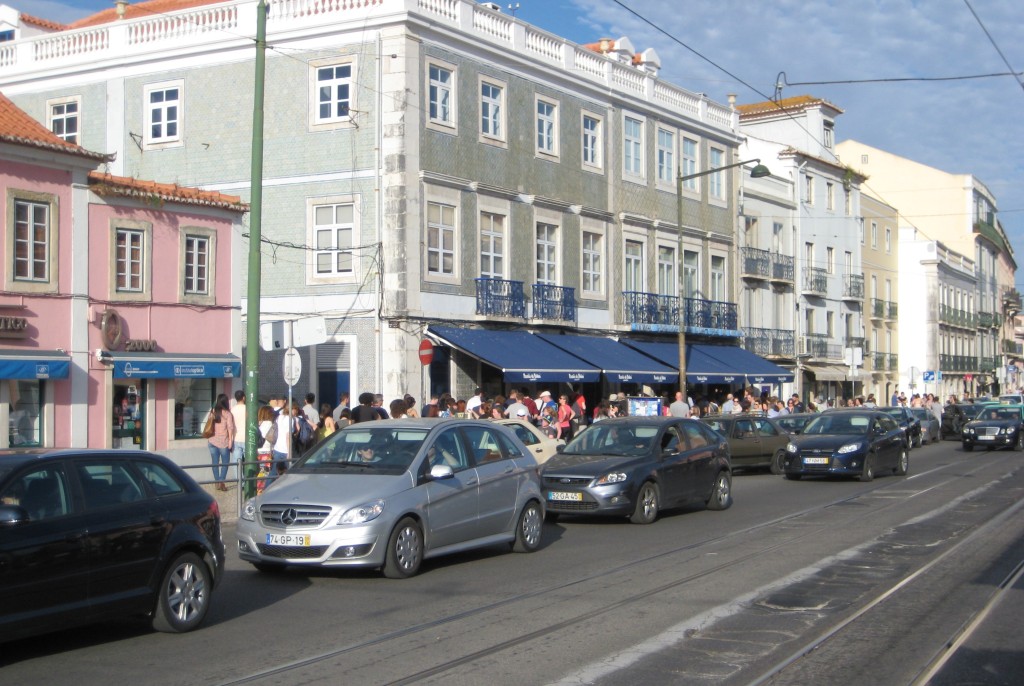
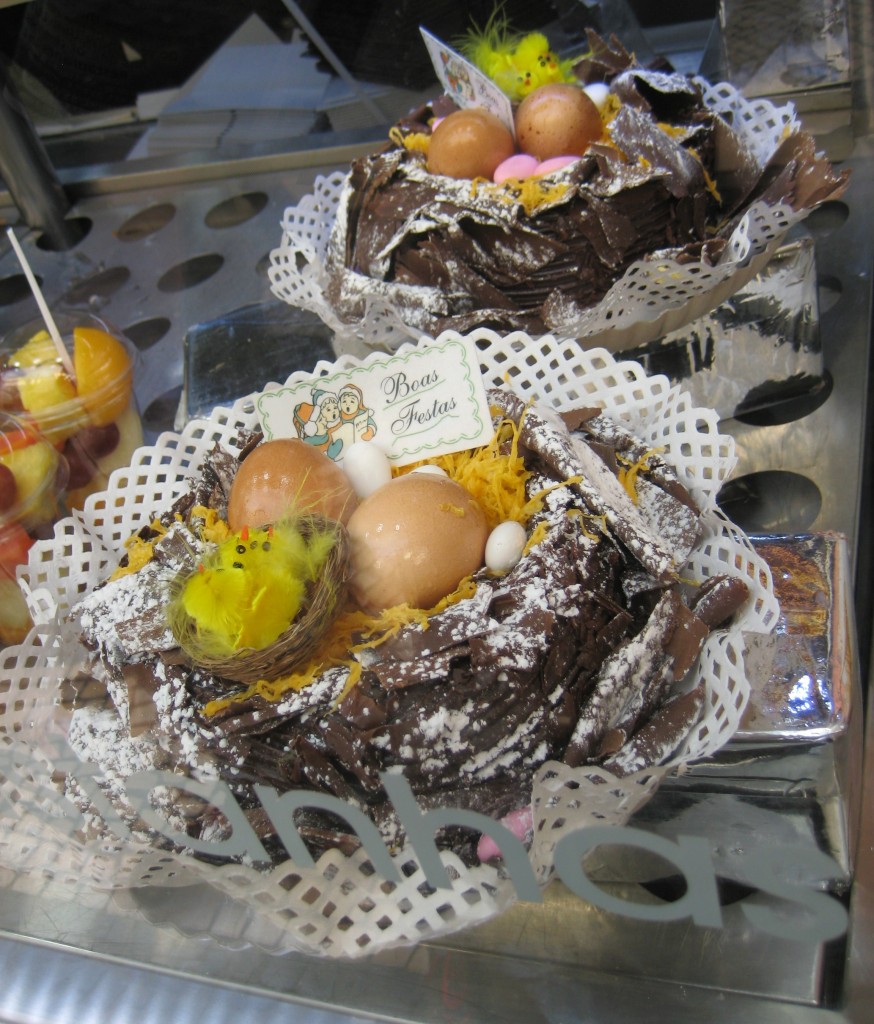

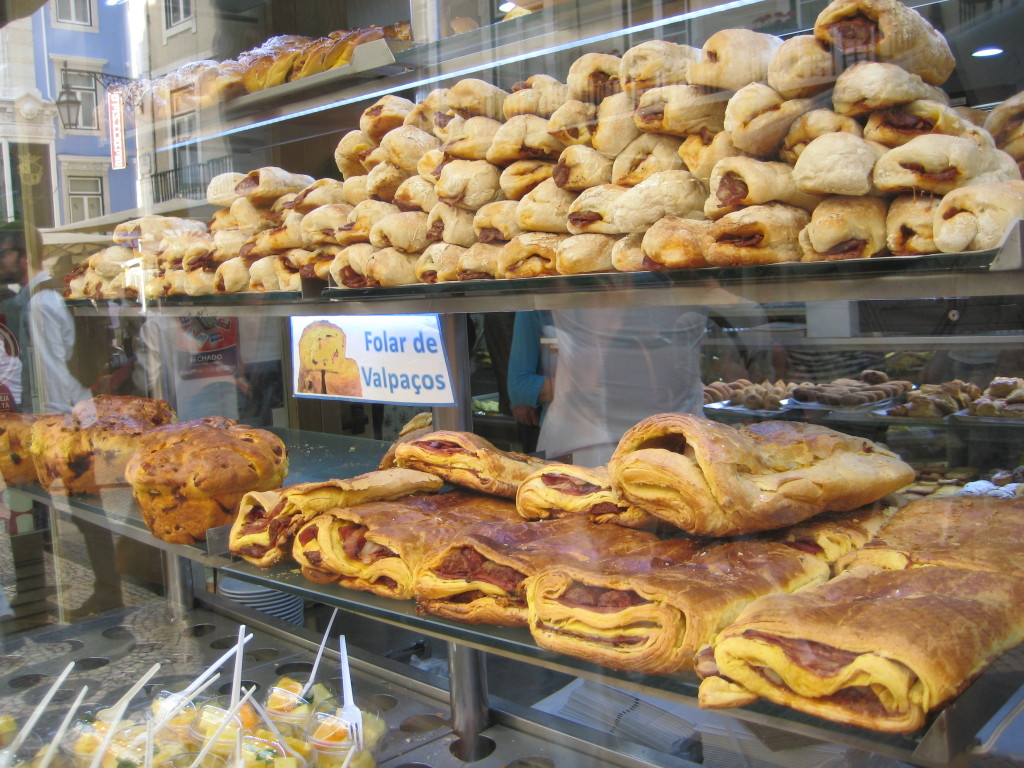

![230px-PA2900302_galo_emiliarocha_medio[1]](http://bashack.com/wp-content/uploads/2015/04/230px-PA2900302_galo_emiliarocha_medio1.jpg)

